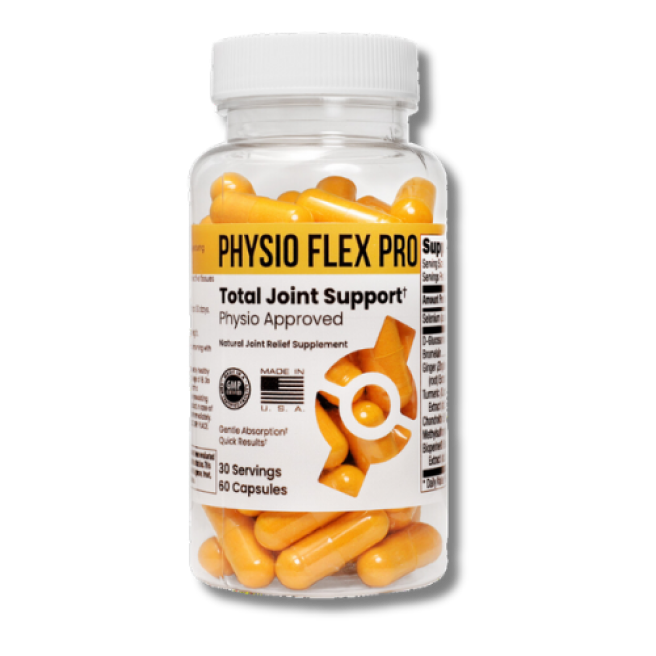How everyday stress quietly fuels inflammation, stiffness, and soreness — and what you can do about it.
It’s Not Just in Your Head — It’s in Your Joints
When life feels heavy — work pressure, lack of sleep, or constant worry — you probably feel the tension in your neck or back first. But what you may not realize is that stress doesn’t stop at your muscles.
It can directly trigger inflammation inside your joints, worsening stiffness and pain over time. Scientists have uncovered a clear link between psychological stress and physical inflammation, and it’s reshaping how we think about joint health.
How Stress Triggers Inflammation
When you’re stressed, your body releases a hormone called cortisol — the “fight or flight” chemical designed to protect you in emergencies.
But when stress becomes chronic, cortisol stays elevated for too long. This constant surge:
- Disrupts your immune system
- Increases production of inflammatory cytokines
- Reduces your body’s ability to repair tissue
That means more swelling, pain, and stiffness — especially in vulnerable areas like knees, hips, and hands.
Long-term stress has also been linked to flare-ups of arthritis, fibromyalgia, and other inflammatory conditions.
The Mind–Body Loop That Keeps You Stiff
Here’s where it gets tricky: joint pain increases stress, and stress makes joint pain worse — a feedback loop that can be hard to break.
When inflammation limits your mobility, you move less.
When you move less, blood flow slows and inflammation builds up even more.
And mentally, pain triggers anxiety and tension, which again raise cortisol.
The result? A cycle of stiffness and stress that feeds itself day after day.
Breaking the Cycle Naturally
The good news — you can interrupt this loop with simple, science-backed actions:
🧘♀️ 1. Calm the Mind
Mindfulness, meditation, or even 5 deep breaths can lower cortisol levels in minutes. Small moments of calm have measurable anti-inflammatory benefits.
🚶 2. Move Gently but Consistently
Light stretching, walking, or mobility work improves circulation and releases endorphins — your body’s natural anti-inflammatories.
🥗 3. Support the Anti-Inflammatory Pathways
Your body needs nutrients that fight oxidative stress and inflammation from within — that’s where Physio Flex Pro comes in.
How Physio Flex Pro Supports the Stress-Inflammation Link
Every ingredient in Physio Flex Pro targets inflammation from a slightly different angle, helping reduce the physical fallout from mental stress:
- Turmeric (Curcumin) – Calms NF-κB, a major inflammation pathway triggered by stress.
- Ginger Extract (12% Gingerols) – Helps modulate cytokine activity and improve circulation.
- Bromelain – Naturally assists in breaking down inflammatory proteins.
- Selenium – Protects joint tissue from oxidative stress, often heightened by chronic tension.
- MSM, Glucosamine & Chondroitin – Rebuild and cushion the joint structures damaged by long-term inflammation.
Together, these create a stress-resilient foundation — not just soothing symptoms, but making your joints stronger against the daily grind.
Reframing Joint Health: It’s Not Just Physical
Healthy joints aren’t only about movement — they’re also about how your body handles stress.
Reducing inflammation means balancing both body and mind.
So next time you’re feeling tense, remember: your joints might be feeling it too.
Take a deep breath, move a little, and give your body the nourishment it needs to fight back.
💛 Less stress. Less stiffness. More movement. That’s the Physio Flex Pro way.






